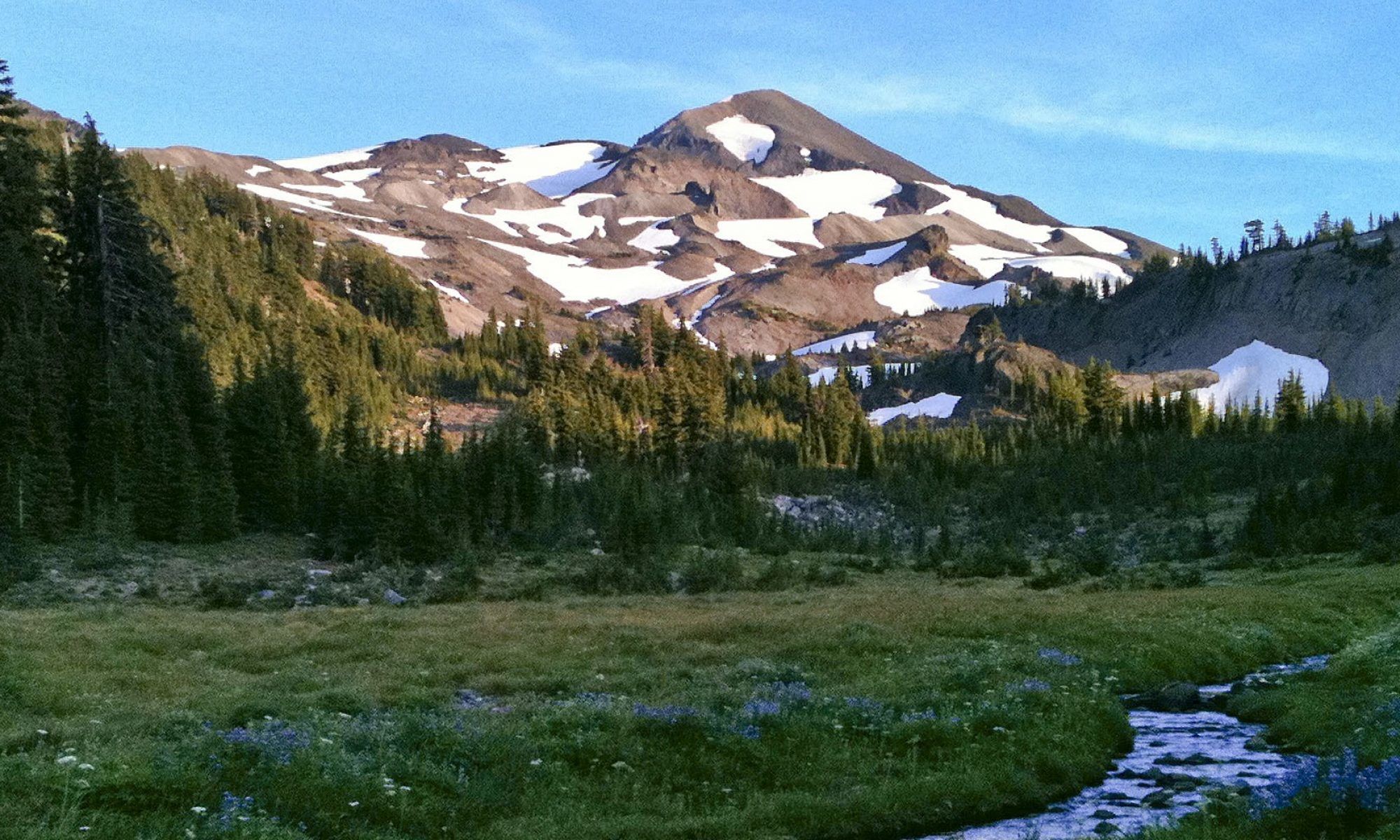Now that we have our attire all sorted out, well at least if you read my last post, lets examine what you will need to survive out there for a few nights or longer. First let me say that this is not something you should be trying if you don’t already know how to live out in the wild during the summer, most of the skill-sets and equipment are similar and I will only be addressing the differences.

Shelter is very high on the list of importance, remember the rule of three’s? I am going to assume you can breathe, so this is actually at the top of the list and is a little bit different than your summer tent. It needs to be load rated, meaning it needs to be able to withstand significant snowfall without collapsing. It needs to have a full fly, one that goes all the way to the ground, all the way around. It will preferably have a significant vestibule (a small shelter area under the fly and outside of the tent) so you can control what weather gets in your tent and possibly cook (the vestibule must be designed for cooking in) if necessary. The weather can turn bad quickly, so you need to be ready to function comfortably when it does.

Water is not a given out in the winter wonderland, it is often quite hard to find in its liquid state. Here are a few hard learned tips to get some fresh ice-cold water. The first one is easy, if you can pick a spot by a creek or river, with an approachable bank, remember you don’t want to get wet!, you will always have water at the ready. If you are camping by a lake, chances are it will be frozen over, the easiest way to get at the water is to find a boulder that is half in and half out of the lake and gets the full sun. The ice around the boulder will be easier to chip through. A tree that has roots that run into the lake is also a good spot. The ice is also softer underneath a snow drift, oddly enough. Most of all remember whatever water you have will freeze over time, so you will probably never wake up having drinkable water. In a pinch you can always melt snow, but this is very costly fuel wise and will cut your trip short if you didn’t plan the fuel for it.

Food is the most satisfying of all, you would not believe how awesome Mountain House Chili Mac is when you are kicked back in your custom fitted lazy boy, made of snow, watching the sun set at 4:30pm and it’s 17 degrees out. I tell you it’s pretty darn good. You’ll also want to bring your 2 or 3 favorite hot beverages, I like to bring coffee, hot chocolate, hot apple cider and a couple of tea bags. I use a steel cup, a steel bowl and a steel plate, weight isn’t as much of an issue in the winter, but we’ll talk about that later. As far as food goes, I tend to eat like I’ve been starved for a week when I’m out in the winter, I guess that what they mean by comfort food. Brings lots of carbs and saucy stuff, or whatever makes you happy, as long as you bring plenty. Power bars are going to be skipping stones, so leaves those at home unless you want to carry them around in your underwear (the only way I found to get them soft enough to eat), in the wrapper, of course. Always think about how any ready to eat food item will be at 25 degrees, even brownies are hard to eat at that temperature. Plan to eat mostly hot meals, you’ll want to anyway, trust me.
Food Preparation a.k.a. your stove, most of the modern stoves out there are using a butane mix of some sort, you will find this works well in the cold. If you use a wood burning

stove, consider renting a butane stove, your life will be much easier. Natural fuel in the winter wild is a rare commodity and should be considered a means of survival, not a primary means of cooking. I always carry a tab stove with me to use as a backup should my primary fail. Now here’s a little trick I use to cook on 5 feet of snow, I carry a couple of cedar shingles, they make great little tables for your stove or your hot cup of coffee (these disappear quickly if you set them on the snow) and they are great for an emergency. You can buy pre-made closed cell foam stove holders, but what’s the fun in that. What ever you choose to do, be sure you have something to put your stove on when cooking and something to put your hot beverages on and get out there.
As Always,
Stay Vigilant and Be Prepared


You must be logged in to post a comment.